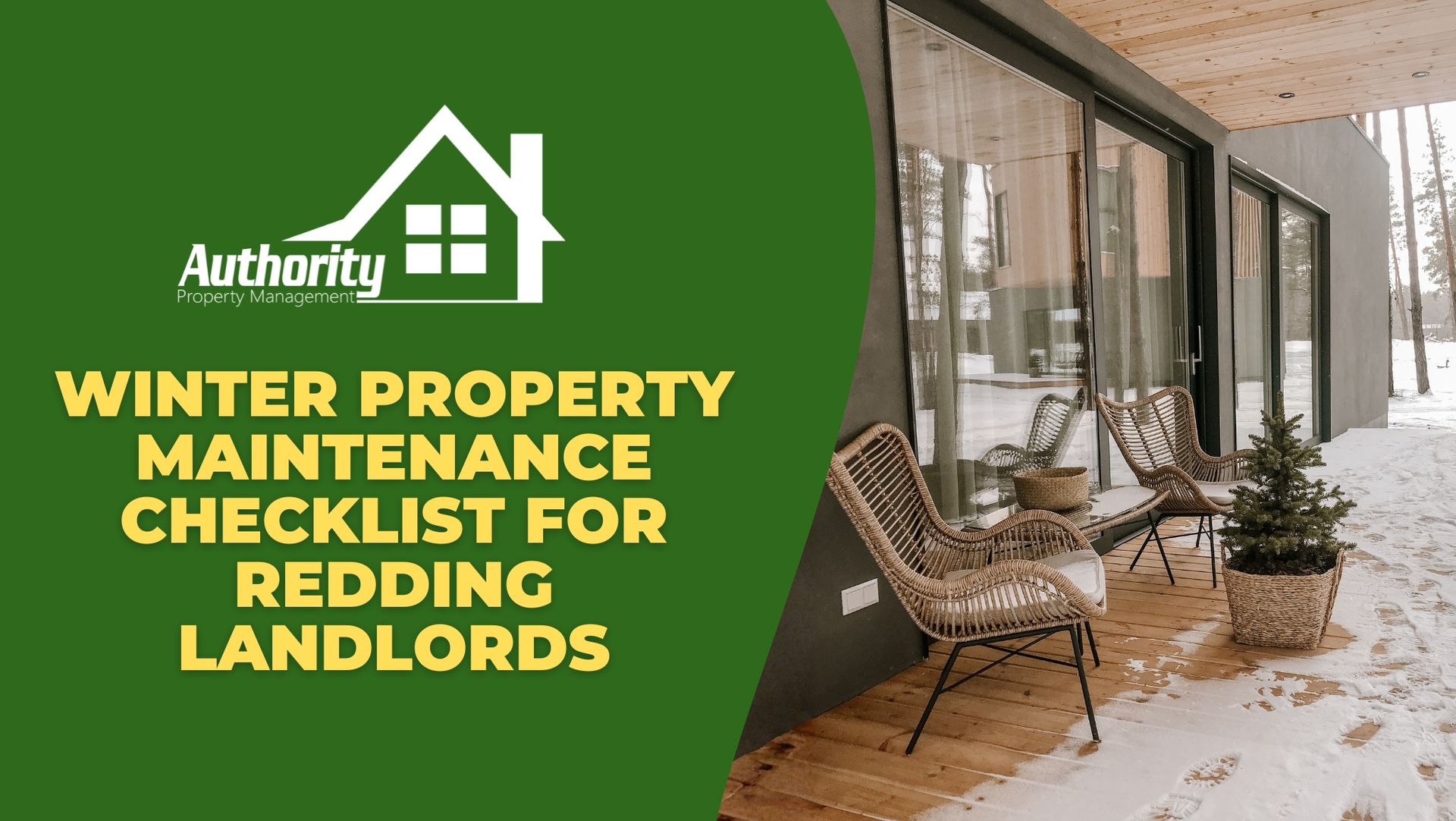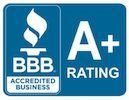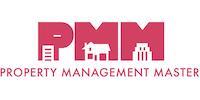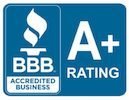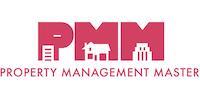Document Everything at Move-In
Before moving your first box, take time to inspect the rental thoroughly. Walk through the property in daylight to spot any issues. Check walls, floors, windows, fixtures—every bump, scratch, and stain. Turn on lights, test outlets, run appliances, flush toilets, and take photos or videos of everything.
Use a move-in checklist and turn in a copy to your landlord or property manager. Keep one for yourself. These notes are your best protection if there’s a dispute later.
Care for the Home Like It’s Your Own
Throughout your lease, keep the place clean and report maintenance issues promptly. Small problems become big ones if ignored, so don’t let that leaky faucet ruin the cabinet or that squeaky door stay broken for months.
Avoid damage from pets, furniture, or kids by being proactive. Train your puppy, use furniture pads, and teach kids to treat the space with respect.
Request a Pre-Move Out Walkthrough
Once you’ve decided to move, ask for a pre-move out inspection. Many landlords will gladly walk through and give you a list of things they’ll look for on your final day. Compare their notes with your move-in documentation. Ask for cleaning suggestions or tips specific to your lease. A little insight now can save you hundreds later.
Review Your Lease Requirements
Your rental agreement may outline specific move-out tasks—carpet cleaning, air filter replacement, light bulb types, etc.
If the lease says a professional must clean the carpets, ask if you can choose the vendor. Make sure all included items (like remotes or keys) are left where noted in the lease. Also, clarify how and when to return the keys. Rent often continues until keys are turned in—so don’t guess, ask.
Clean Thoroughly and Remove Everything
Leave no trace. Remove all belongings and trash—even in hidden spots like behind appliances or closets.
If you hire a cleaner, inspect their work before returning the keys. Check for missed areas like baseboards, windowsills, ceiling fans, and inside appliances.
Minor nail holes from pictures are usually considered normal wear, but larger holes or mounting damage is not. Patch carefully and neatly.
Leave a Forwarding Address
You can’t receive your deposit back if your landlord doesn’t know where to send it.
Before moving out, provide your updated mailing address in writing. This simple step can speed up the process and reduce miscommunication.
Wrap Up
Getting your full deposit back isn’t just about luck—it’s about planning ahead and treating your rental with care.
By documenting move-in conditions, maintaining the property, cleaning thoroughly, and following your lease, you’re doing your part.
And when you do, you’ll walk away with your deposit—and a great rental reference.



